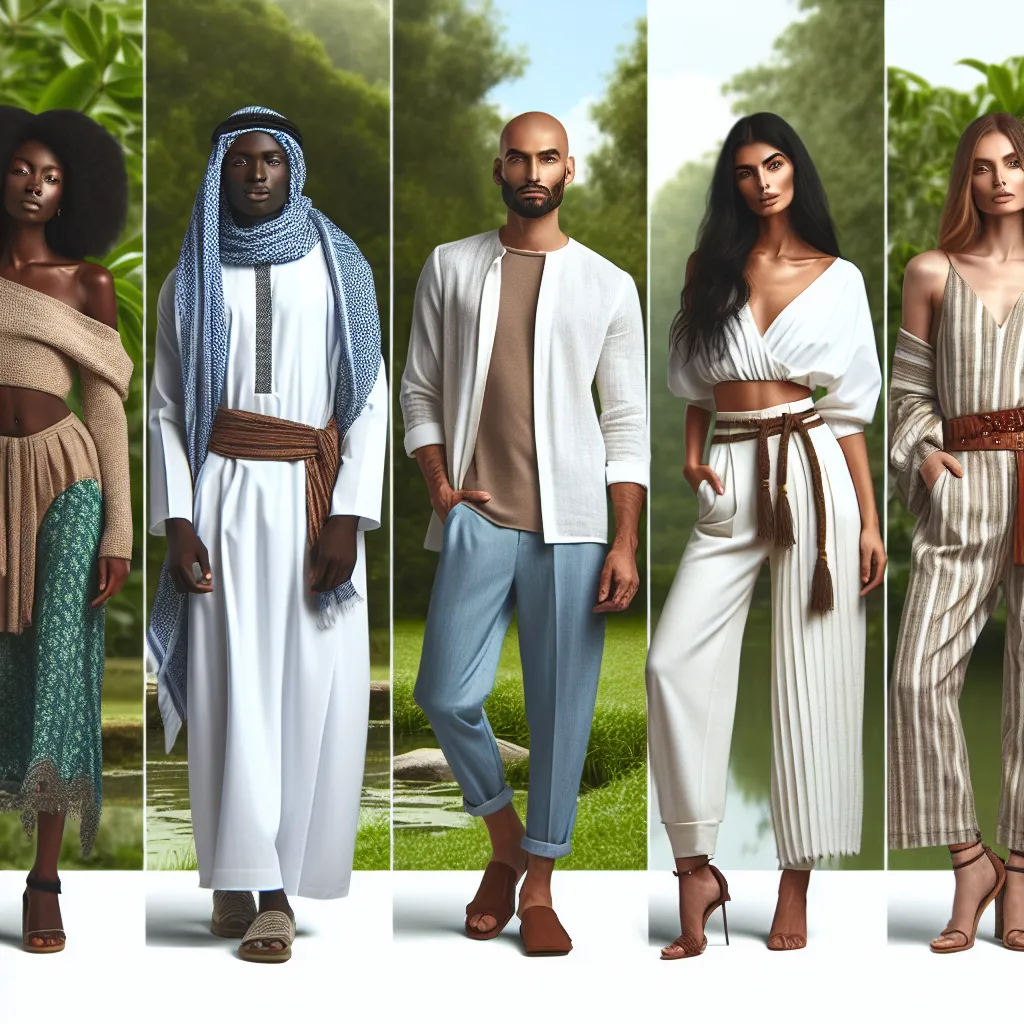
The Evolution of Sustainable Fashion: From Niche to Mainstream
The Rise of Eco-Friendly Materials in Fashion
In recent years, the fashion industry has experienced a significant shift towards sustainability, with eco-friendly materials playing a central role in this evolution. The rising awareness of environmental issues and the need for ethical practices has led to an increased demand for clothing made from sustainable and eco-friendly materials. Designers and brands are now exploring innovative materials such as organic cotton, hemp, bamboo, and recycled fibers to create stylish and eco-conscious fashion pieces.
One of the key drivers behind the rise of eco-friendly materials in fashion is the growing consumer demand for environmentally responsible products. Eco-conscious consumers are seeking clothing that not only looks good but also aligns with their values and concerns for the planet. This shift has prompted fashion companies to reevaluate their production processes and source materials that have minimal impact on the environment.
Furthermore, advancements in technology have enabled the development of high-quality eco-friendly materials that offer comparable performance to traditional fabrics. For instance, innovations in textile production have led to the creation of bio-based materials like Tencel and Modal, which are derived from renewable resources and require less water and energy to produce compared to conventional fabrics.
As the fashion industry continues to embrace sustainable practices, the use of eco-friendly materials is becoming more prevalent across the supply chain, from the sourcing of raw materials to the manufacturing of garments. Additionally, initiatives promoting transparency in material sourcing and production methods are helping consumers make informed choices and encouraging brands to prioritize sustainable materials in their collections.
In conclusion, the rise of eco-friendly materials in fashion signifies a positive transformation towards a more sustainable and responsible industry. With an increasing emphasis on innovation and consciousness, eco-friendly materials are poised to become a cornerstone of mainstream fashion, driving positive change and shaping the future of the apparel industry.
From Fast Fashion to Slow Fashion: A Shift in Consumer Mindset
The evolution of sustainable fashion from a niche market to mainstream has been driven by a significant shift in consumer mindset, particularly from fast fashion to slow fashion. Fast fashion, characterized by rapid production, low prices, and disposable trends, has long dominated the fashion industry. However, consumers are increasingly embracing slow fashion, which promotes higher quality, timeless styles, and ethical production practices.
This shift in consumer mindset has been influenced by a growing awareness of the environmental and social impacts of fast fashion. Consumers are now more conscious of the negative effects of excessive consumption, such as textile waste and exploitation of garment workers. As a result, they are seeking out sustainable and eco-friendly fashion options that align with their values.
In response to this changing consumer demand, many fashion brands are reevaluating their production processes and supply chains to incorporate sustainable practices. From using organic and recycled materials to implementing fair labor standards, these brands are making conscious efforts to reduce their environmental footprint and improve working conditions.
Furthermore, initiatives such as capsule wardrobes, clothing rental services, and second-hand shopping are gaining popularity as consumers prioritize longevity and versatility in their clothing choices. The focus is shifting from chasing fleeting trends to investing in well-made, timeless pieces that can be worn for years to come.
The transition from fast fashion to slow fashion represents a fundamental change in the way consumers perceive and engage with fashion. By embracing sustainable practices and mindful consumption, individuals are not only contributing to a more eco-conscious industry but also redefining the standards of style and value in fashion.
This shift in consumer mindset is driving the continued evolution of sustainable fashion, guiding the industry towards a more ethical, environmentally friendly, and socially responsible future. As the demand for sustainable fashion continues to grow, it is evident that the transition from niche to mainstream is well underway, marking a pivotal moment in the history of the fashion industry.
Innovative Design Practices Shaping the Future of Sustainable Fashion
Sustainable fashion has come a long way from being a niche market to gaining momentum in the mainstream fashion industry. Innovative design practices have played a crucial role in shaping the future of sustainable fashion, driving the industry towards more eco-friendly and socially responsible approaches. One of the key aspects of this evolution is the emphasis on using sustainable materials in clothing production. Designers are increasingly turning to innovative, eco-friendly materials such as organic cotton, hemp, and recycled fabrics to create stylish and sustainable garments.
Another innovative design practice shaping the future of sustainable fashion is the implementation of zero-waste and upcycling techniques. Designers are focusing on creating garments that generate minimal waste during production, and are finding creative ways to repurpose and upcycle materials to reduce the environmental impact of the fashion industry. This shift towards zero-waste design not only reduces the amount of textile waste going to landfills but also encourages a more mindful approach to fashion consumption.
Furthermore, the integration of technology in design processes is revolutionizing sustainable fashion. Digital design tools, such as 3D modeling and virtual prototyping, are enabling designers to visualize and optimize garment production, leading to more efficient use of materials and resources. Additionally, advancements in textile innovation, such as the development of biodegradable and lab-grown materials, are opening new possibilities for sustainable fashion design.
In conclusion, innovative design practices are driving the evolution of sustainable fashion, making it more accessible and appealing to a wider audience. As the fashion industry continues to embrace these practices, we can expect to see a transformation towards a more sustainable and ethical approach to clothing production and consumption.



